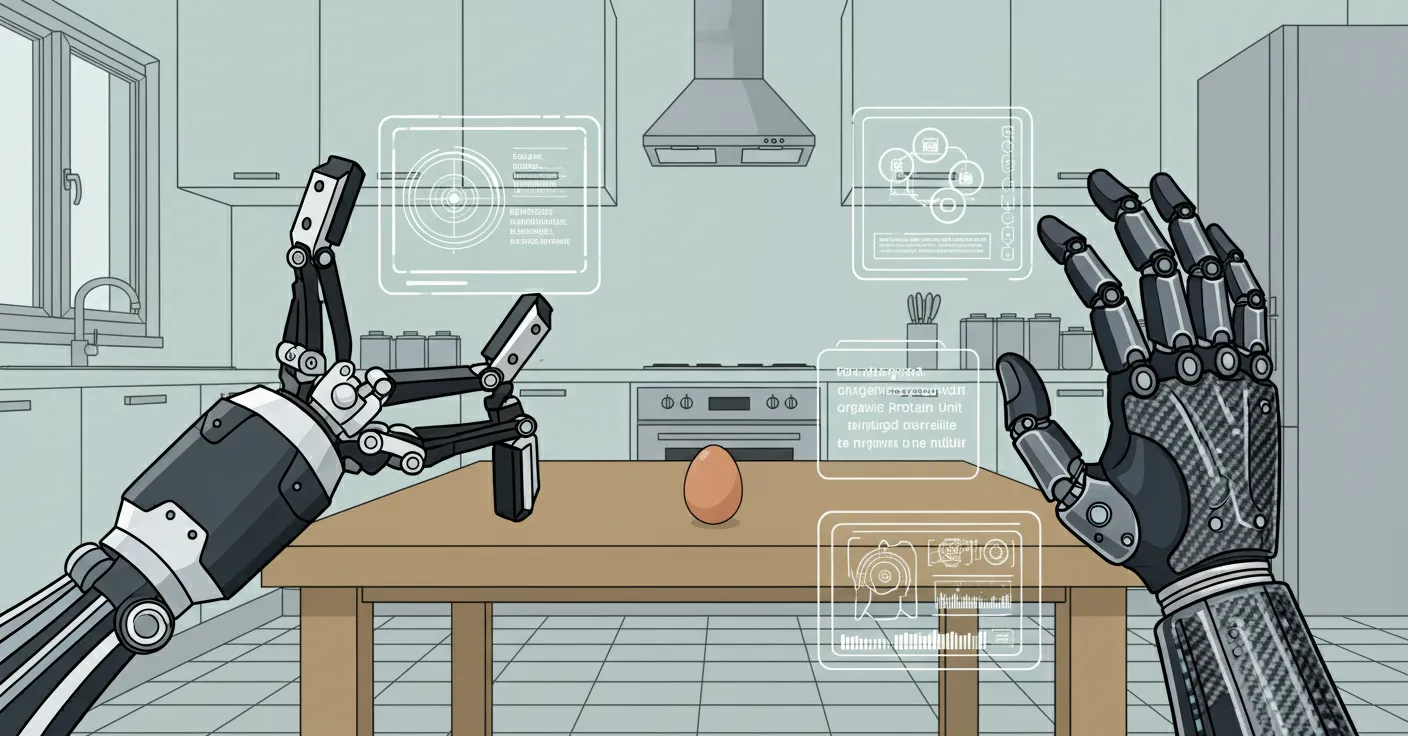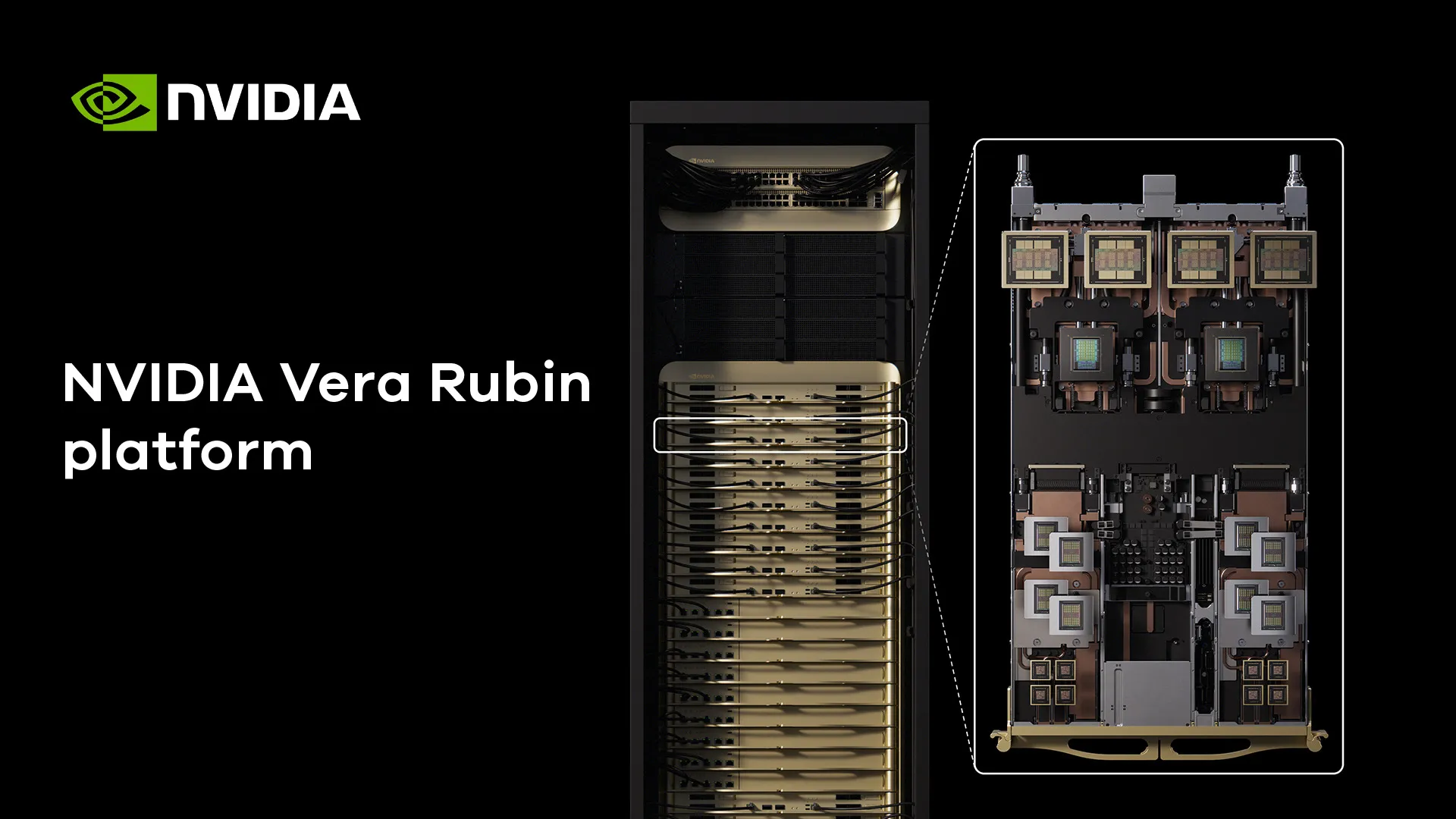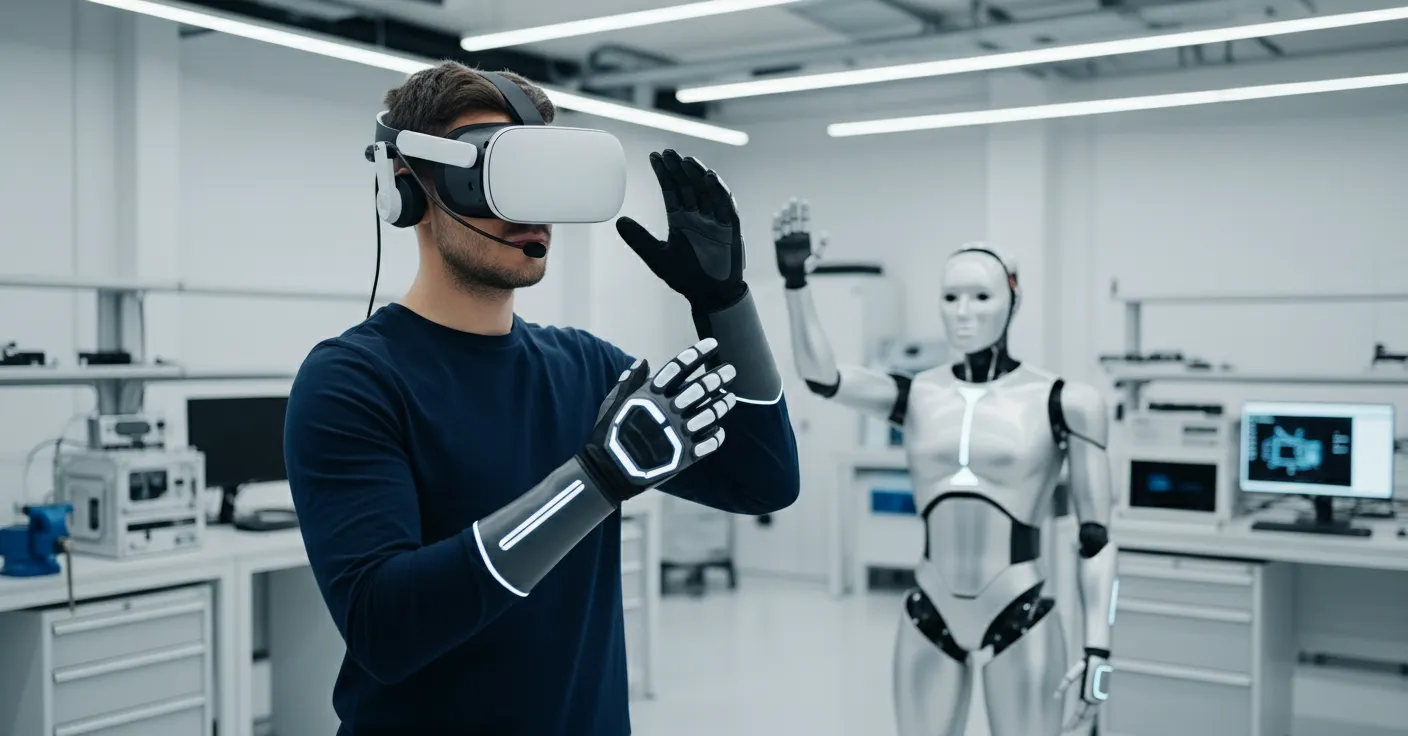- What is the end-effector of the robotics nowadays?
- What are the difference between a grippers and a bionic hand?
- The key factors of a good bionic hands
The age of robotics is upon us, and at the core of robot's interaction with the physical world lies its "hand". The end-effector is the key difference between a static machine and a dynamic worker. As we strive to create humanoid robots that are capable of truly flexible and nuanced work, the capabilities of the robotic hand become prominent.
It all boils down to 2 main philosophies of grasping: the specialized industrial gripper and the versatile, human-inspired bionic hand.
The Hands of Industrial World: Robotic Grippers
The majority of "hands" you see in factories nowadays are not hands at all, but a highly specialized grippers. They are workhorses of automation, designed for speed, power, precision and repetition. Their simplicity is their strength, they are purpose-built for one job, which they execute flawlessly.
The difference is industrial grippers prioritize efficiency and reliability in a controlled environment. They are tools, like a wrench or a suction cup, designed for a specific task on an assembly line. They excel at their single, repetitive job but lack the adaptability to handle a novel object or perform fine-in-hand manipulation.

The Quest for Dexterity: Bionic Hand
In contrast to the industrial gripper's specialized function, the bionic hand seeks to replicate one of the most complex biological tool: the human hand.
This shift in design from a simple clamp to a multi-fingered system is driven by the need for the true dexterity and general-purpose manipulation. A general-purpose robot needs to understand the location of the egg, the force needed to pickup the egg without breaking it, a task that industrial gripper simply cannot manage.
To be considered a true leap forward, a bionic hand must meet or exceed several critical benchmarks, which are essential for its adoption in both prosthetics and advanced robotics:
- Degrees of Freedom (DoF): A good bionic hand must have an anatomical structure—five fingers, an opposable thumb—and a high number of DoF (the more joints, the more human-like the motion). High DoF enables diverse grip patterns like power grip, precision pinch, and cylindrical grasp.
- Sensory Feedback: The human hand is a highly sensitive tactile device. A superior bionic hand must incorporate multi-modal sensing, including force, pressure, and tactile feedback (e.g., electronic "skin"). This is crucial for controlling grip force to prevent dropping an object or crushing a delicate one.
- Speed and Intuitive Control: The hand must be fast (closing in a fraction of a second) and its control system—whether through myoelectric signals for prosthetics or advanced AI for humanoids—must allow for near-instant, reliable, and intuitive action.
- Strength-to-Weight Ratio & Durability: It must be lightweight enough to be practical for humanoids or comfortable for amputees, yet durable and strong enough to withstand industrial or daily living use.
- Wrist-Hand Coordination: True human-like manipulation is not just about the fingers; it's the coordinated movement of the wrist and hand that grants maximum workspace and fluidity.
An Honorable Mention: DexRobot’s Breakthrough
The race for the ultimate dexterous hand is fierce, and the recent developments from China are turning heads. The company DexRobot has achieved a significant milestone with their DexHand 021.
This device is a vivid example of pushing past old benchmarks. Its innovation lies in a fully wrist-hand integrated structure with a 19-degree-of-freedom (DoF) bionic architecture, each finger are able to withstand 1000g payload. This is a critical step, as achieving near-human dexterity is about more than just the fingers; it's about the coordinated movement of the wrist and hand as a single unit, which they claim expands the operation space significantly.
The Pro version also features a dual-tendon drive system for greater strength and high-resolution, full-palm perception systems—addressing the critical need for fine-grained sensory feedback. By integrating local AI computing power, the hand can make real-time decisions, paving the way for the millisecond-level reaction times needed for truly intelligent manipulation. The DexHand 021 Pro is not just another robotic hand; it's a statement that the future of dexterous manipulation is arriving now.
The Next Grasp: A Future in Our Hands
The journey of the robotic hand, from the simple, single-task gripper to the complex, multi-modal bionic hand, mirrors humanity’s own ambition: to replicate and ultimately surpass nature's most sophisticated instruments. We are no longer content with a mechanical clamp that simply picks and places; we seek a hand that can learn, adapt, even feel.
The breakthroughs seen in technologies like the DexHand 021 Pro—with its focus on integrated wrist-hand coordination and full-palm perception—are not just engineering novelties. They are the foundational steps toward a future where robots can perform intricate surgery, assist the elderly with true care, and co-exist seamlessly in our homes and workplaces.
The ultimate goal of robotics is to achieve general-purpose intelligence, and that intelligence is only as useful as its ability to act on the world. As these hands become faster, stronger, and more sensitive, they are defining a new era of interaction, proving that the future of robotics rests quite literally in the power and dexterity of its end-effectors.






